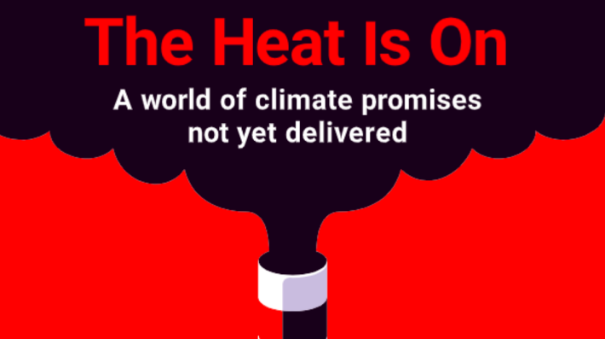Free Courses Sale ends Soon, Get It Now


Free Courses Sale ends Soon, Get It Now



Disclaimer: Copyright infringement not intended.
Context
Report Findings and Projections
Contributions to emissions are unequal
|
UNEP Emissions Gap Report (EGR) The UNEP Emissions Gap Report (EGR) series tracks our progress in limiting global warming well below 2°C and pursuing 1.5°C in line with the Paris Agreement. Since 2010, it has provided an annual science-based assessment of the gap between estimated future global greenhouse gas (GHG) emissions if countries implement their climate mitigation pledges, and where they should be to avoid the worst impacts of climate change. Each year, the report also highlights key opportunities to bridge the emissions gap, tackling a specific issue of interest. With the aim to inform the climate negotiations among UN Member States, the EGR is launched every year ahead of the UN Climate Change Conference of the Parties (COP). The EGR is co-produced by UNEP, the UNEP Copenhagen Climate Centre (UNEP-CCC) and partners. |
READ ALL ABOUT NDCs:
https://www.iasgyan.in/daily-current-affairs/carbon-credits-market
|
PRACTICE QUESTION Q. Which of the following Reports are/was not released by UNEP? 1. Adaptation Gap Report 2. Emissions Gap Report 3. World Environment Situation Room 4. Turning off the Tap Choose the correct code. A) 1,2 and 3 only B) 1 and 3 only C) All 4 D) None Answer: D) None |
© 2024 iasgyan. All right reserved